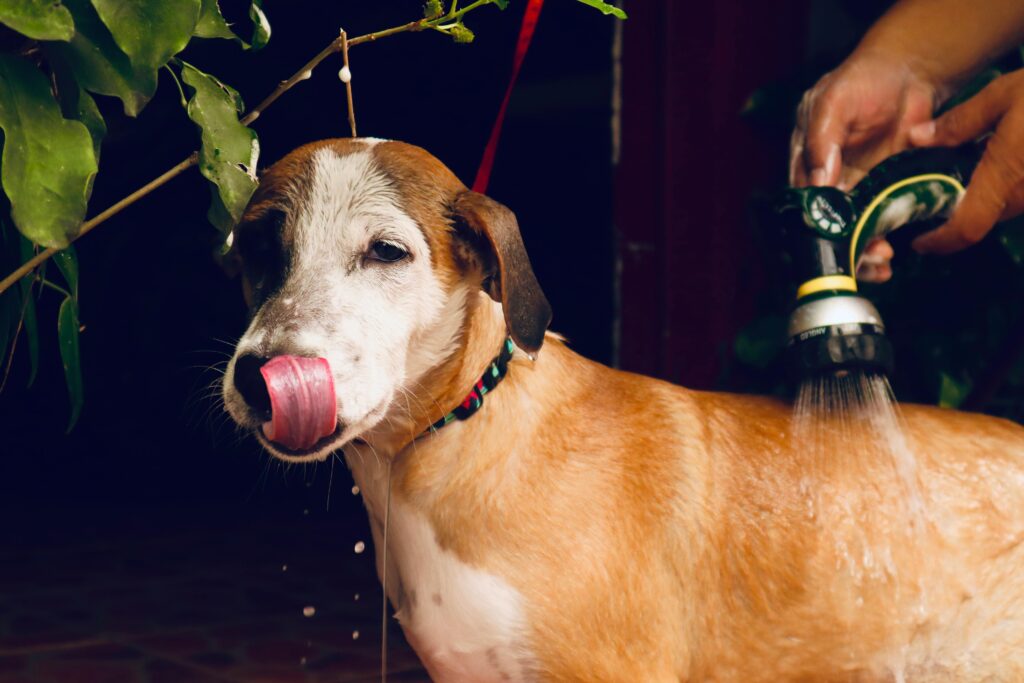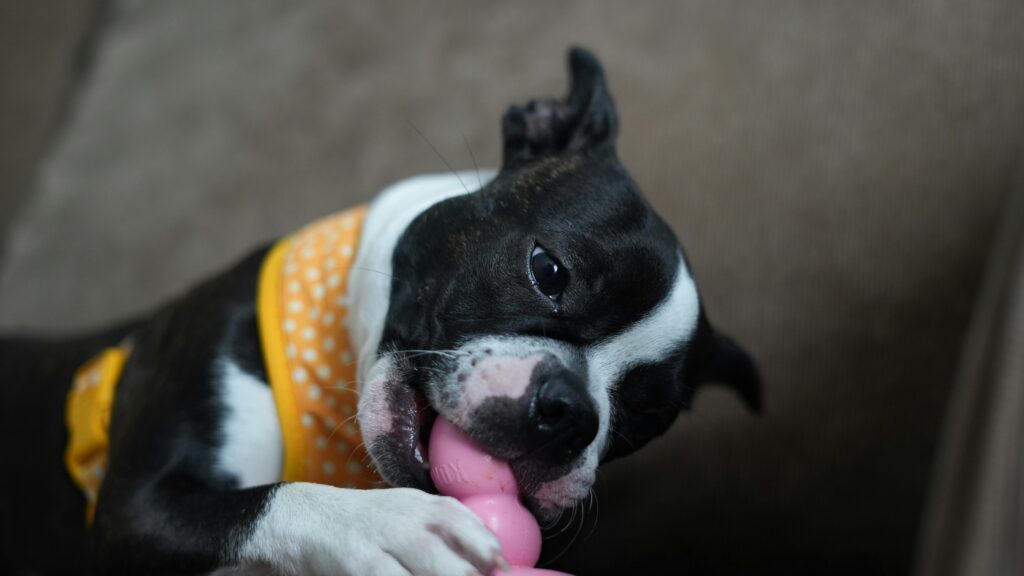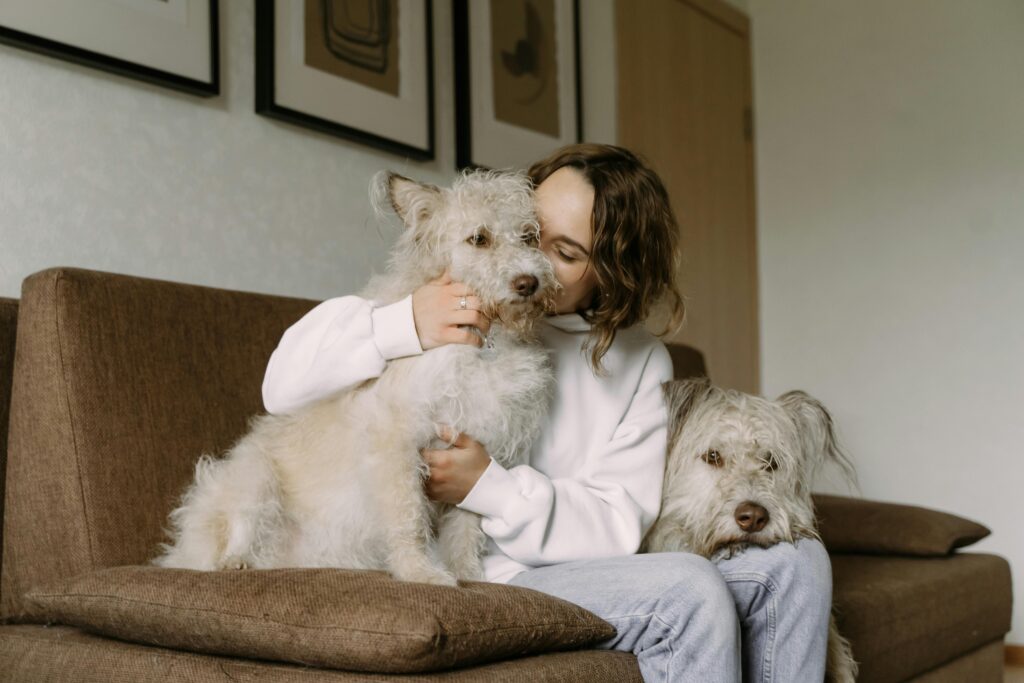We are often confused about bathing dogs. Many dogs fear bathing, though not all of them. We keep searching for the reason but often can’t find it. Today, we will uncover the answer to this question and explore the options. Let’s get started without further delay.
Why Don’t Dogs Like Baths?
Not all dogs hate baths. Some dogs love to bathe in ponds or sinks, but their small legs make it difficult for them to swim. However, there are three main reasons why some dogs don’t like baths or water.
1. Bad Experiences
The most common reason dogs don’t like baths is due to a negative experience. A bad encounter can cause them to develop a fear of water or bathing.
2. Lack of Water Training
Water training is very important for dogs. This involves introducing them to water from an early age. We should gradually expose dogs to water and train them in it over time. If necessary, you can hire a trainer or contract with an institution that specializes in training dogs to swim.
A man is only as clean as his dog.
3. Lack of Practical Experience
We often avoid making our pets do activities they dislike, but some things are necessary. If we procrastinate, these tasks can become difficult to manage. Therefore, we should train our pets to adapt to necessary tasks like bathing. It’s beneficial for both of us.
How to Bathe Your Dog at Home?
Bathing your dog at home doesn’t require anything special. I bathe my dog at home myself. Let’s get started.

1. Use Warm Water
I use warm water when bathing my dog as it creates a very comfortable feeling. If you use cold water, your dog may start shivering. Remember, too hot water is dangerous. Additionally, warm water helps eliminate dirt and germs on the dog’s body. [Use your elbow to check the temperature of the water, just as you would for a baby.]
2. Use a Cup and Tub
Use a large tub and a cup when bathing dogs. Most dogs move around during a bath, so they need to be bathed in a big tub. You can use a showerhead for convenience, but be cautious.
3. Reward Good Behavior
I remember my favorite dog, Monty. He used to cry during baths. To calm him down, I would pause and then reward him with treats to encourage him. This made him happy, and he began to enjoy bath time.
4. Follow a Regular Routine
It’s important to follow a regular routine. Always prepare your dog for a bath after it walks in dirt or mud. This helps them get used to it. If you have the time and facilities, you can bathe them after every walk.
5. Play Regular Music
You can play music to keep your dog calm. Whether it’s soft music or hip-hop, use whatever is appropriate for your dog.
6. Use Non-Slip Mats
If you can’t use a large tub, make sure to have a non-slip mat. Areas that become slippery due to soap and shampoo can be dangerous. A non-slip mat helps your dog stay upright, prevents slipping, and makes it easier to clean its paws. It also protects both you and your dog from falling.
Other things that are required are:
- Brush or comb
- Towels (3 or more)
- Cleaning wipes
- Dog-friendly shampoo and conditioner.
Your dog needs a shampoo suitable for their skin and coat type. There are shampoos for shedders and non-shedders, those with itchy or sensitive skin, and medicated shampoos. We must use these products on sick dogs as recommended by a veterinarian. Never use human shampoo on your pet, as it can irritate their skin.
Disinfect your dog’s bath water first. You can use a disinfectant for this. Then, wash your dog with water if there is any mud on them. If there is no mud, gently massage the dog’s body with water and shampoo, as if you were touching every fur. Be sure to clean thoroughly with a brush.
Next, wash the whole body with water and clean it again with shampoo. Then wash it once more with water. You can use a conditioner at this time if you want. Wipe off the excess water with a towel. If desired, you can use perfume to make the dog feel more comfortable. Finally, groom their fur with a hair dryer. —a video is provided for your convenience.👇👇




